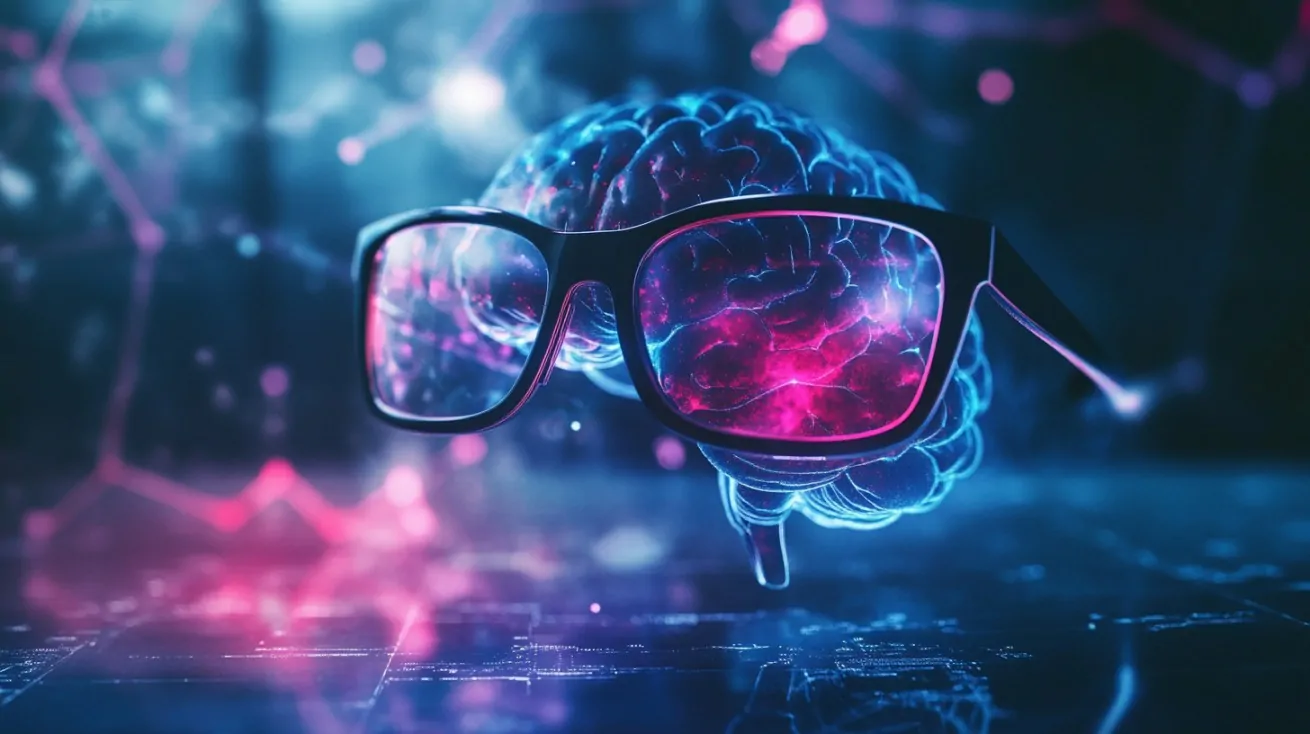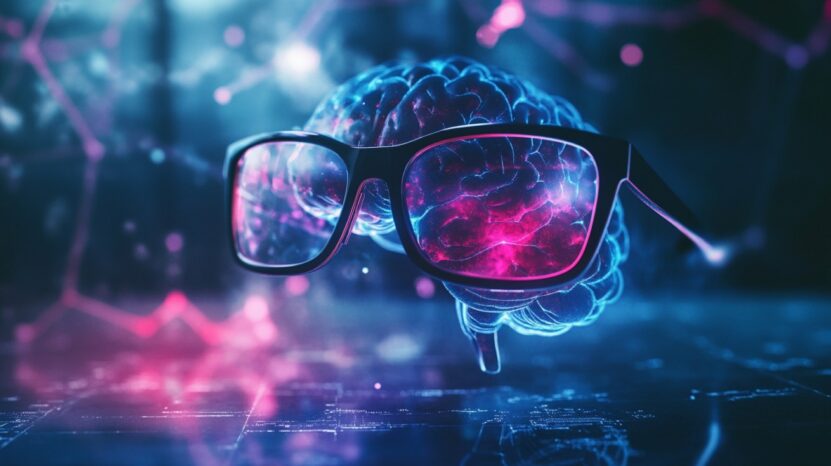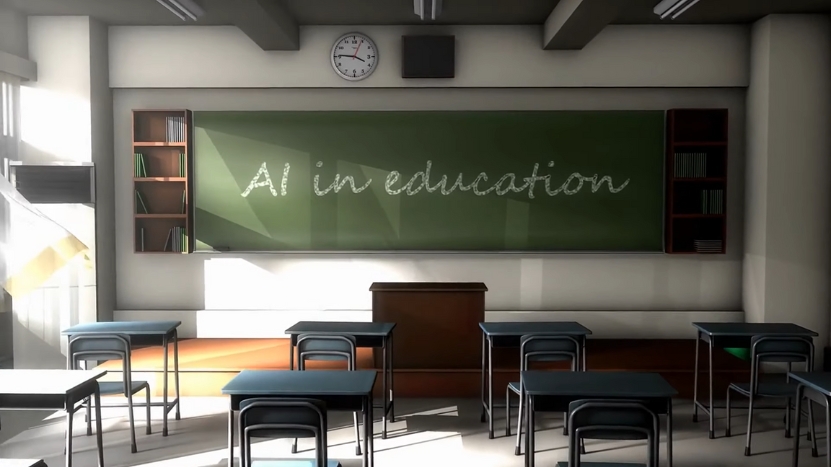
Share Post:
The term “artificial intelligence” was first introduced in 1956 by John McCarthy, a professor at Dartmouth College, during a landmark workshop.
This event aimed to develop machines capable of reasoning and processing human language, officially establishing the foundation for AI research.
Although AI research saw an initial surge of interest, progress slowed for several decades. However, advancements in computer technology in the 1990s, particularly in machine learning and neural networks, reignited innovation in the field.
A breakthrough came in 2022 with the launch of ChatGPT, which demonstrated unprecedented capabilities in natural language processing and generation.
This milestone accelerated further AI advancements, leading to its widespread adoption across industries such as healthcare, finance, manufacturing, and transportation.
Table of Contents
ToggleKey Applications of How AI is Reshaping Education
AI-driven tools enhance the learning experience, streamline educator responsibilities, and improve overall efficiency in schools.
Adaptive Learning for Personalized Education
AI-driven adaptive learning is transforming education by providing students with customized learning experiences tailored to their individual needs. With AI-powered tools, students can progress at their own pace, ensuring they fully grasp concepts before moving forward.
These technologies also enable learners to engage with activities that align with their preferred learning styles, whether visual, auditory, or hands-on, making lessons more effective and engaging.
Additionally, AI fosters greater autonomy in students’ educational journeys by allowing them to take control of their learning paths.
Research Gate notes that AI-powered assistants support teachers by differentiating assignments, generating personalized exercises, and leveraging real-time data insights to adjust content based on student performance.
This minimizes the additional workload for educators while creating a more inclusive, flexible, and efficient learning environment, ensuring that every student receives the support they need to succeed.
AI-Driven Tutoring Systems for Real-Time Learning Support

AI-driven intelligent tutoring systems (ITS) are revolutionizing education by offering personalized, adaptive, and accessible learning experiences according to Princeton Review. These virtual tutors provide real-time feedback, helping students understand concepts immediately and adjust their learning approach as needed.
They also deliver corrective guidance tailored to individual needs, ensuring that each student receives targeted support in areas where they struggle.
By analyzing student performance, AI tutors can identify learning gaps and recommend resources that address specific challenges. Additionally, these systems automate routine instructional tasks, freeing up teachers to focus on higher-order teaching strategies, critical thinking exercises, and one-on-one student mentorship.
This combination of AI-driven support and human instruction creates a more effective and equitable learning environment, allowing students to build confidence and achieve academic success.
Revolutionizing Assessment with AI-Powered Grading
Traditional grading methods can be subjective and time-consuming, often leading to inconsistent evaluations.
AI-driven automated grading tools transform assessment by:
Despite these advantages, educators must review AI-generated feedback to ensure alignment with learning objectives.
AI should serve as a support tool, allowing teachers to focus on assessing creativity, critical thinking, and analytical reasoning, while AI handles objective metrics like grammar, structure, and factual accuracy.
Enhancing Administrative Efficiency with AI
AI is streamlining administrative tasks, allowing teachers and school leaders to allocate more time to student engagement and instructional quality.
AI-powered tools assist with:
- Lesson planning – generating high-quality, customized content
- Research and content creation – curating focused educational materials under time constraints
- Email automation – drafting communication templates for educators and administrators
School administrators can also leverage AI for:
- Scheduling optimization – using AI models to analyze large datasets and determine optimal class schedules
- Automating routine processes – utilizing AI chatbots for managing queries, professional development planning, and organizing school activities
By integrating AI-driven solutions into school operations, educators and administrators can reduce workload, enhance efficiency, and prioritize strategic education
How Educators Are Integrating Generative AI into Teaching
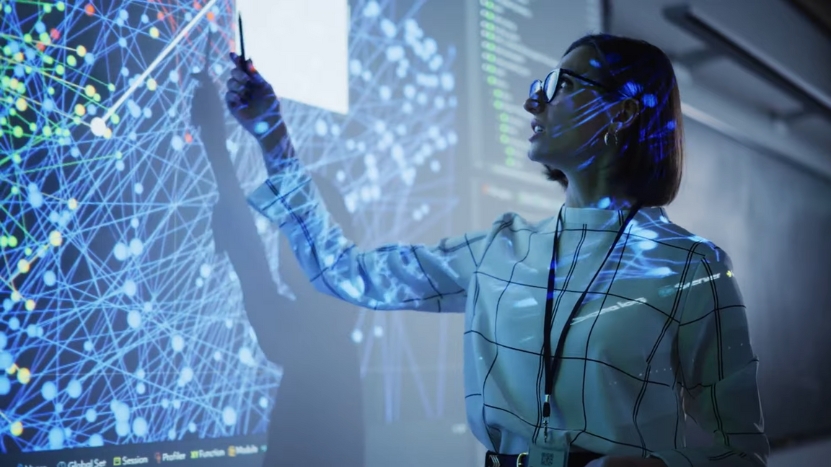
Enhancing Vocabulary Instruction with AI-Generated Visuals
Teachers are increasingly turning to AI-generated visuals to support vocabulary development and comprehension.
Studies have shown that by leveraging AI tools, educators can identify key vocabulary words in upcoming lessons and generate customized visual aids that help students better grasp complex terms.
To ensure effectiveness, teachers craft specific prompts that align with lesson objectives, ensuring that AI-generated images accurately represent the targeted vocabulary.
Additionally, integrating these visuals into lessons provides an opportunity to discuss AI’s role in content creation, helping students develop a foundational understanding of artificial intelligence and its applications in education.
Transforming Math Lesson Planning with AI Assistance
AI is also proving to be a valuable tool in mathematics education, helping teachers design more engaging and interactive lessons.
AI can assist in connecting abstract math concepts to real-world applications, making lessons more relatable and practical for students.
Educators can use AI-powered tools to generate word problems, performance tasks, and projects that align with curriculum standards, ensuring that students receive structured and meaningful exercises.
Frontiers says in their study that AI can support the creation of inquiry-based learning activities, encouraging critical thinking, problem-solving, and quantitative reasoning.
By incorporating AI into lesson planning, teachers can create dynamic, student-centered learning experiences that foster deeper mathematical understanding.
The Future of AI in Education

Privacy, Bias, and Equity Concerns
As AI continues to evolve in education, ethical concerns arise regarding privacy, bias, and accessibility:
- Privacy: AI tools collect and process vast amounts of data, raising concerns about data security. Schools must ensure transparency in AI data collection and obtain consent from students and parents.
- Bias: AI systems can inherit biases from their training data, leading to unfair outcomes. Educators should seek AI tools that undergo rigorous fairness testing and regularly review AI-generated insights.
- Equity: Unequal access to AI-powered education tools may widen the digital divide. Schools should prioritize equitable access to AI resources and provide training for students and teachers.
Student Use of AI in Learning
Teachers worry that students may misuse AI to complete assignments without truly engaging in learning.
To mitigate this, educators should design assignments that require personal reflection and critical thinking—skills that AI cannot replicate.
Additionally, promoting AI literacy will help students understand AI’s capabilities and limitations, encouraging responsible use of AI tools.
Challenges and Best Practices for AI Implementation
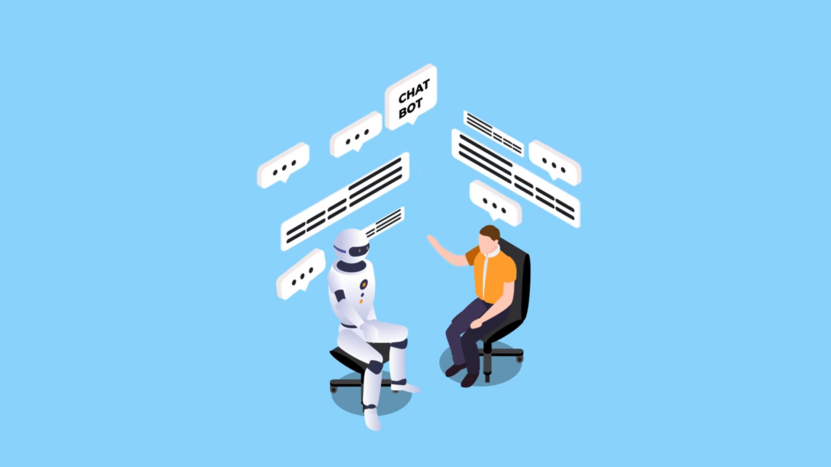
While AI offers numerous benefits, its implementation comes with challenges, including resistance to change, high costs, and infrastructure needs.
Best practices for integrating AI in education include:
- Providing professional development for educators
- Ensuring equitable access to AI tools
- Addressing ethical concerns such as bias and data privacy
- Fostering collaboration among teachers, administrators, and AI developers
Maximizing the Potential of AI in Education: Key Strategies for Success
The Education 4.0 framework, developed by the World Economic Forum, outlines four essential ways AI can revolutionize education. By leveraging AI-driven tools and strategies, schools can enhance teaching efficiency, assessment methods, digital literacy, and personalized learning—ensuring students are better equipped for the future.
Empowering Educators Through AI-Supported Teaching
1/n Teaching AI to Teach Us: A New Era of Personalized Education
Imagine a classroom where every student receives personalized instruction, tailored to their unique learning style and pace. A classroom where simulations and role-playing scenarios bring lessons to life, allowing… pic.twitter.com/chNEGi42vk
— Carlos E. Perez (@IntuitMachine) April 24, 2024
AI can significantly reduce administrative burdens, allowing teachers to dedicate more time to student engagement, mentorship, and instructional creativity. Automated tools can handle repetitive tasks such as grading, scheduling, lesson planning, and data analysis, streamlining workflows and increasing efficiency.
However, AI should serve as an enhancement rather than a replacement for human-led instruction.
The role of educators extends beyond delivering content—they provide mentorship, emotional support, and cultivate critical thinking and problem-solving skills in students. Successful AI integration should focus on assisting teachers by automating mundane tasks while ensuring that human interaction remains central to the learning process.
Enhancing Student Performance with AI-Driven Assessments and Analytics
One of AI’s most transformative contributions to education is its ability to refine assessment and analytics, providing real-time insights into student learning progress.
AI-powered assessment tools can track individual performance, detect areas of difficulty, and offer data-driven recommendations for targeted interventions.
With AI, educators can:
- Personalize assessments, adapting questions and content to match students’ knowledge levels
- Identify learning gaps, ensuring that struggling students receive timely support
- Streamline grading processes, allowing teachers to focus on in-depth student feedback and improvement strategies
By leveraging AI’s analytical capabilities, educators can proactively adjust lesson plans, offer customized resources, and design learning strategies that cater to diverse student needs.
Preparing Students for an AI-Driven Future with Digital Literacy
@hoffdigital Why AI Literacy Is the Key to Learning in the Future AI tools like ChatGPT are revolutionizing learning, but their value depends on how we use them. Instead of just copying answers, we must develop AI literacy and critical thinking skills. Discover why mastering AI is essential for the future of education. #AILiteracy #Education #ChatGPT #FutureOfLearning #CriticalThinking #AIinEducation #hoffdigital ♬ original sound – Brandon Z. Hoff
As AI becomes more integrated into daily life and the workforce, AI literacy and digital competency are becoming essential skills for students.
Schools must incorporate AI education into curricula to ensure students are not just users of AI tools but also understand their mechanics, ethical implications, and real-world applications.
To foster AI and digital literacy, educational institutions should:
- Introduce AI awareness programs to teach students about machine learning, data ethics, and AI-driven decision-making
- Encourage critical thinking skills to help students assess AI-generated content for bias, accuracy, and reliability
- Develop hands-on AI learning experiences, where students experiment with AI-based applications, coding, and problem-solving exercises
By equipping students with technical skills, ethical awareness, and critical analysis abilities, schools can prepare them to thrive in an increasingly AI-driven job market.
Transforming Learning Through AI-Powered Personalization

AI-driven adaptive learning platforms can analyze student performance, preferences, and learning styles to deliver customized educational experiences.
This approach ensures that students receive instruction that aligns with their individual needs, making learning more efficient, engaging, and effective.
Key benefits of AI-driven personalization include:
- Adaptive content delivery, adjusting lesson difficulty based on student progress
- Flexible learning paths, allowing students to learn at their own pace and revisit challenging concepts
- Improved accessibility, providing tailored support for students with diverse learning needs, including those with disabilities or language barriers
Implementing AI in Education Ethically and Effectively
For AI to truly benefit education, institutions must adopt responsible strategies:
- Design AI for equity by addressing disparities in access and language barriers.
- Enhance human-led teaching rather than replace educators with AI-driven systems.
- Collaborate with stakeholders including teachers, students, and AI developers for effective implementation.
- Teach about AI alongside using AI tools, ensuring students understand AI development and its risks.
- Ensure economic viability by investing in AI infrastructure, teacher training, and equitable access.
The Future of Learning with AI
AI is reshaping the educational landscape by providing innovative solutions for personalized learning, streamlined administration, and enhanced instructional quality.
However, responsible implementation is crucial to ensure AI remains a tool for improving education rather than widening existing disparities.
By embracing AI thoughtfully and ethically, educators can harness its potential to create an inclusive and effective learning environment for future generations.
Related Posts:
- Top 4 Challenges Non-Native English Speakers Face…
- 10 Benefits of Integrating Technology into Education…
- 9 Key Benefits of Hybrid Learning for Students and Educators
- What Is eLearning And What Are The Benefits? (2025 Update)
- Key Benefits of Filing the FAFSA for Students –…
- What Is Multimodal Learning and How Does It Enhance…



